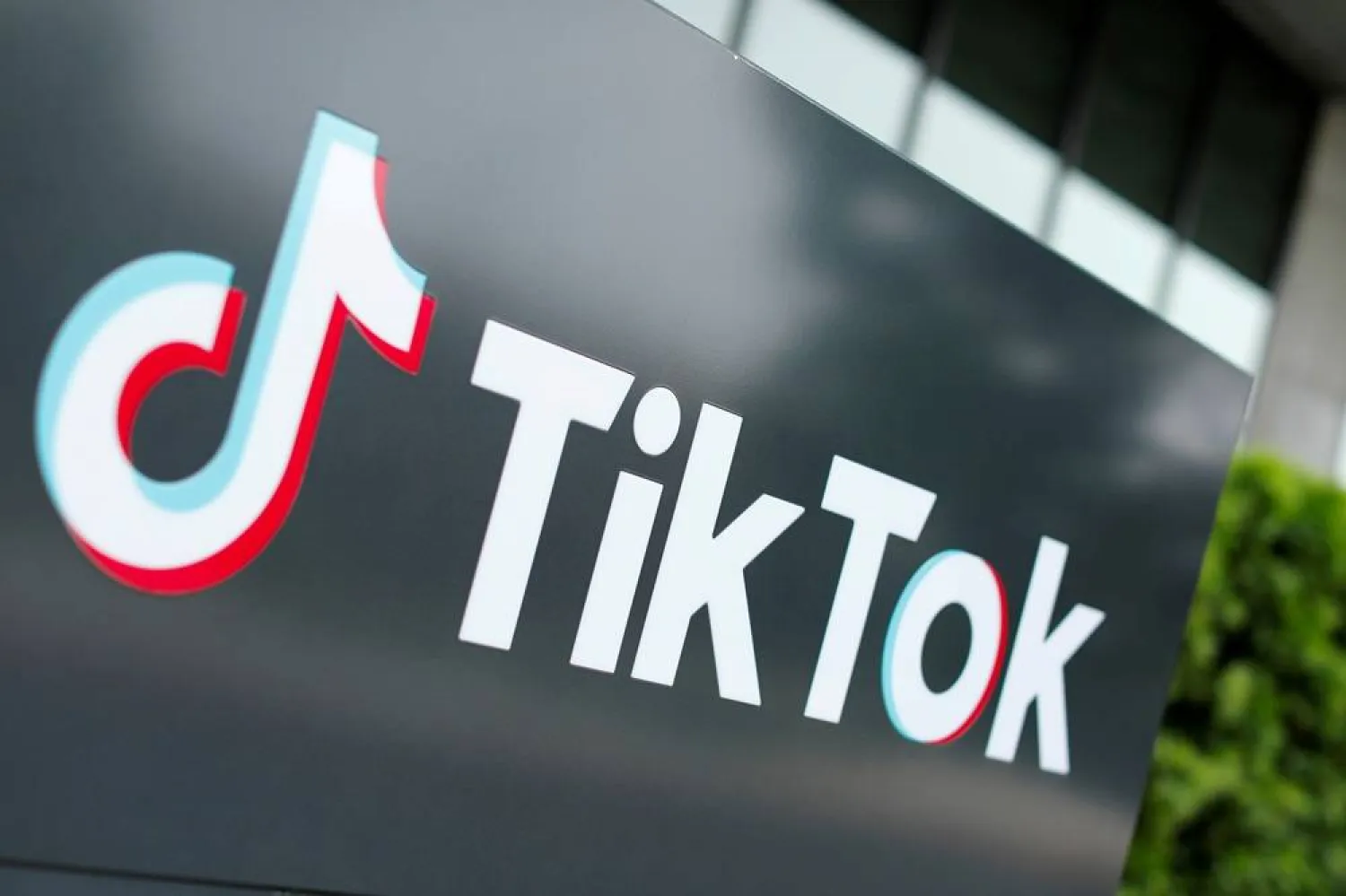You're wearing a mask, as encouraged by the Centers for Disease Control and Prevention and possibly by your local government during this coronavirus outbreak, and you want to use FaceID to open your iPhone or Android phone. Is there a way?
Yes, says a Chinese researcher from Tencent's Xuanwu lab. But according to Apple, this is frowned upon big time and could affect the integrity of your phone. There are several hacks available online, and most will send the user to reregister for FaceID on the iPhone by covering the left and right side of their face separately. After the researcher from Tencent originally demonstrated and popularized this setup, many others copied and tweaked with videos on YouTube, according to a report by The USA Today newspaper.
Apple is adamant, however, that this shouldn't work. "Face ID is designed to work with your eyes, nose and mouth visible," the company said in a statement to USA TODAY. The company discourages iPhone users from using FaceID with a mask on and instead encourages just using the six-digit passcode to unlock the phone.
Apple says that users who manipulate Face ID enrollment with face coverings are more likely to end up with iPhones or iPads that aren't as secure.
In Apple's own words, "Face ID automatically adapts to changes in your appearance, such as wearing cosmetic makeup or growing facial hair. Face ID is designed to work with hats, scarves, glasses, contact lenses and many sunglasses," but not masks.
On the other hand, Samsung's premium Galaxy phones offer both facial recognition and a fingerprint sensor to unlock the phone and encourage using the fingerprint, for more security. With Facial ID, "your phone can be unlocked by someone that looks similar to you (such as a twin)," says Samsung. That said, we were able to open a Samsung phone with a mask on. In our tests with a couple of Samsung Galaxy S10+ phones, we were able to set up an alternate look with a face mask on. The phones were able to distinguish between different masked faces, unlocking only for the face that was saved in that particular device.









